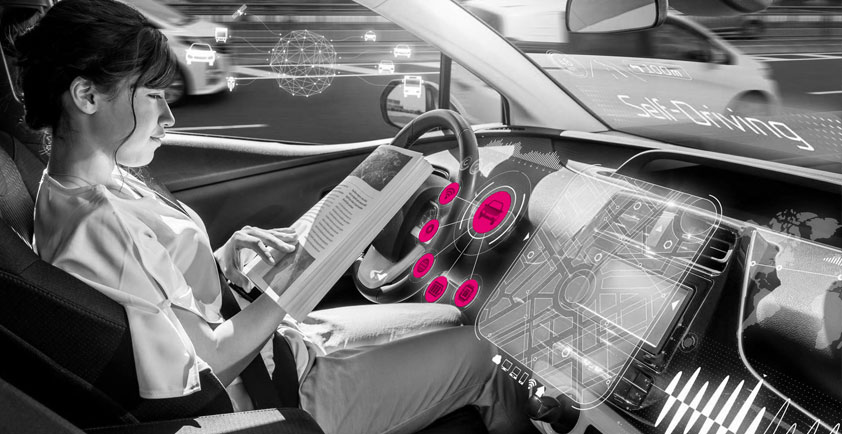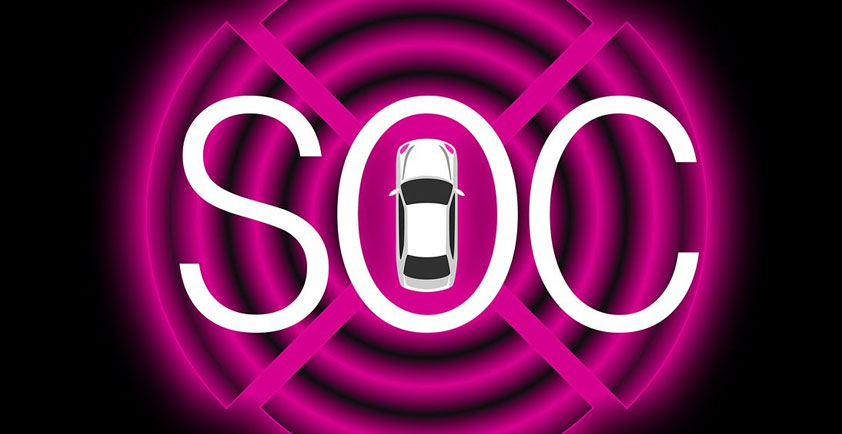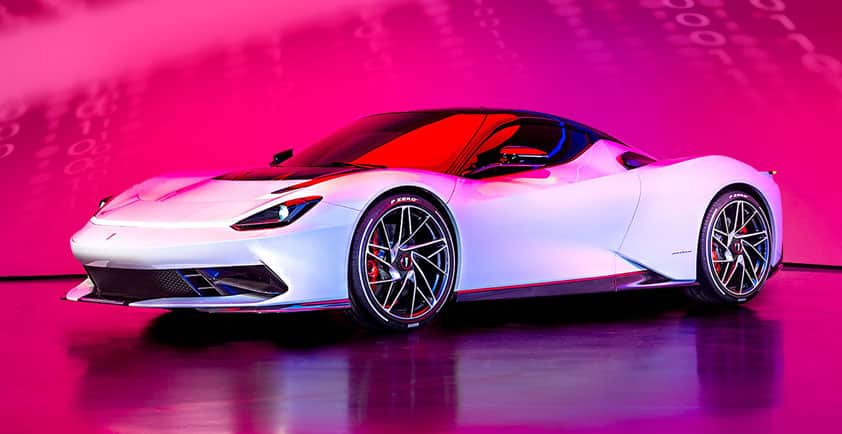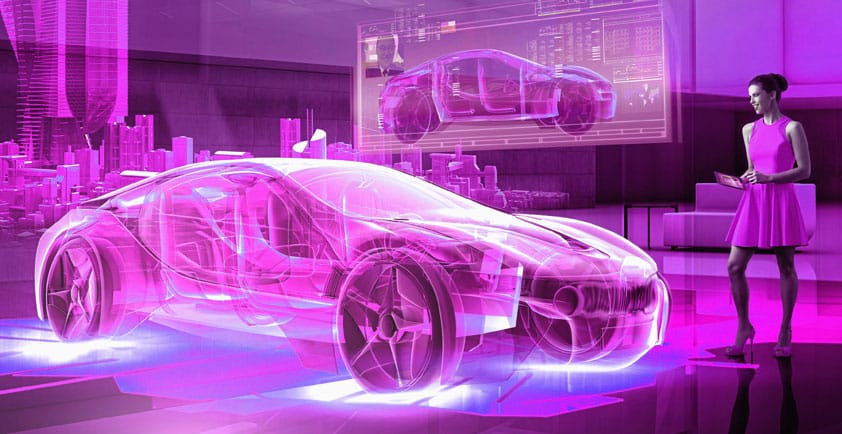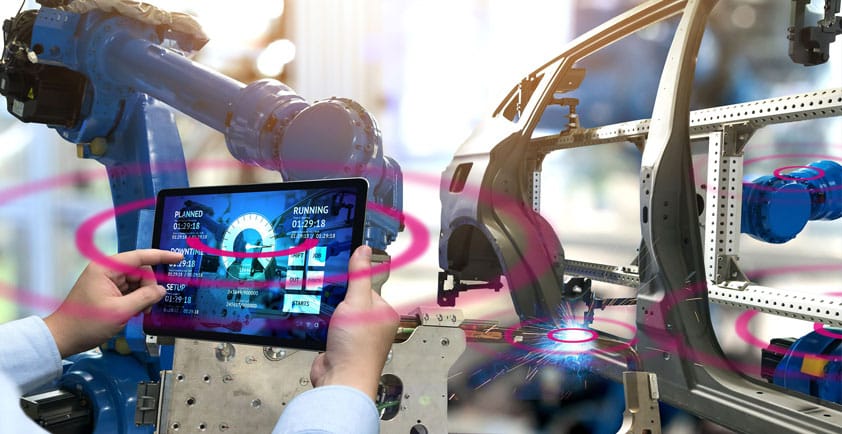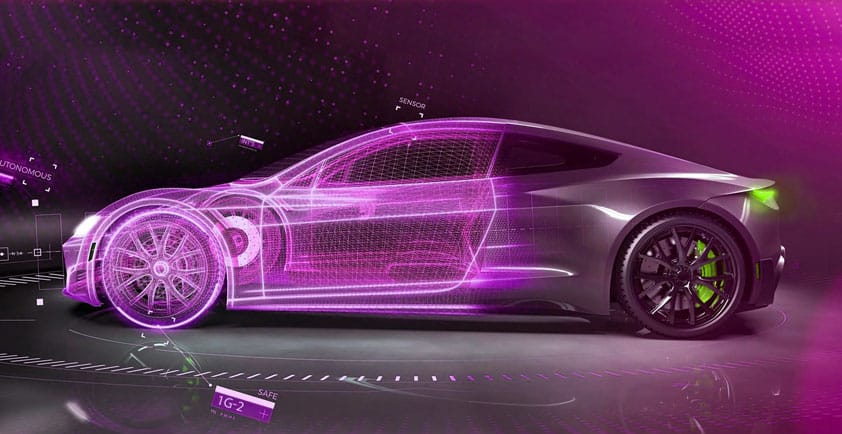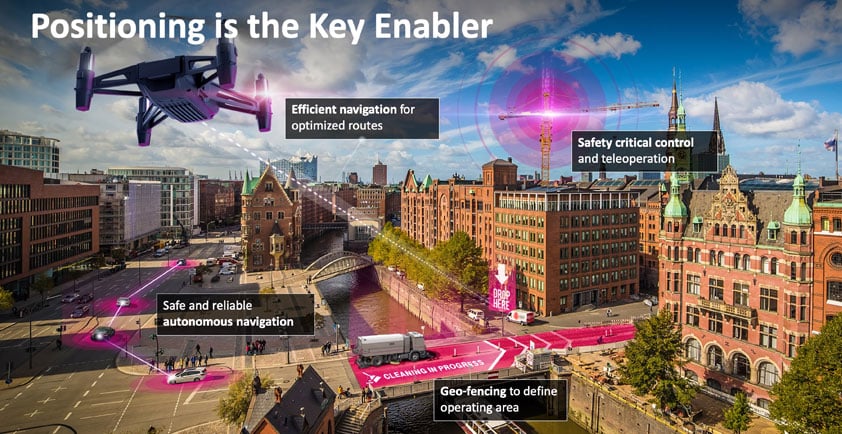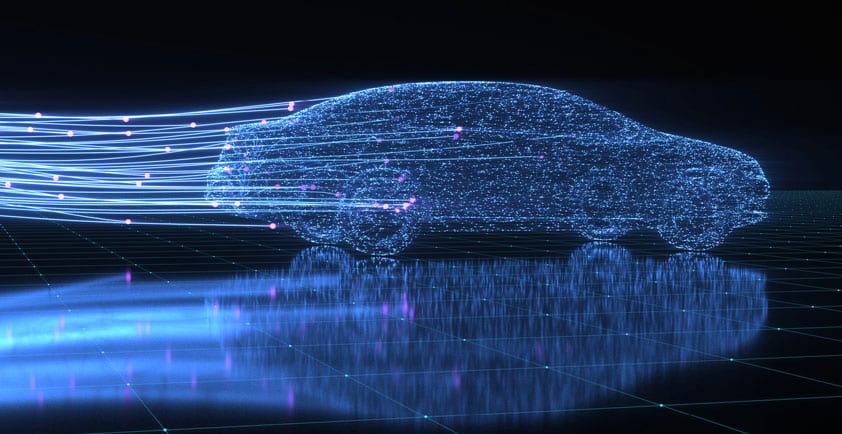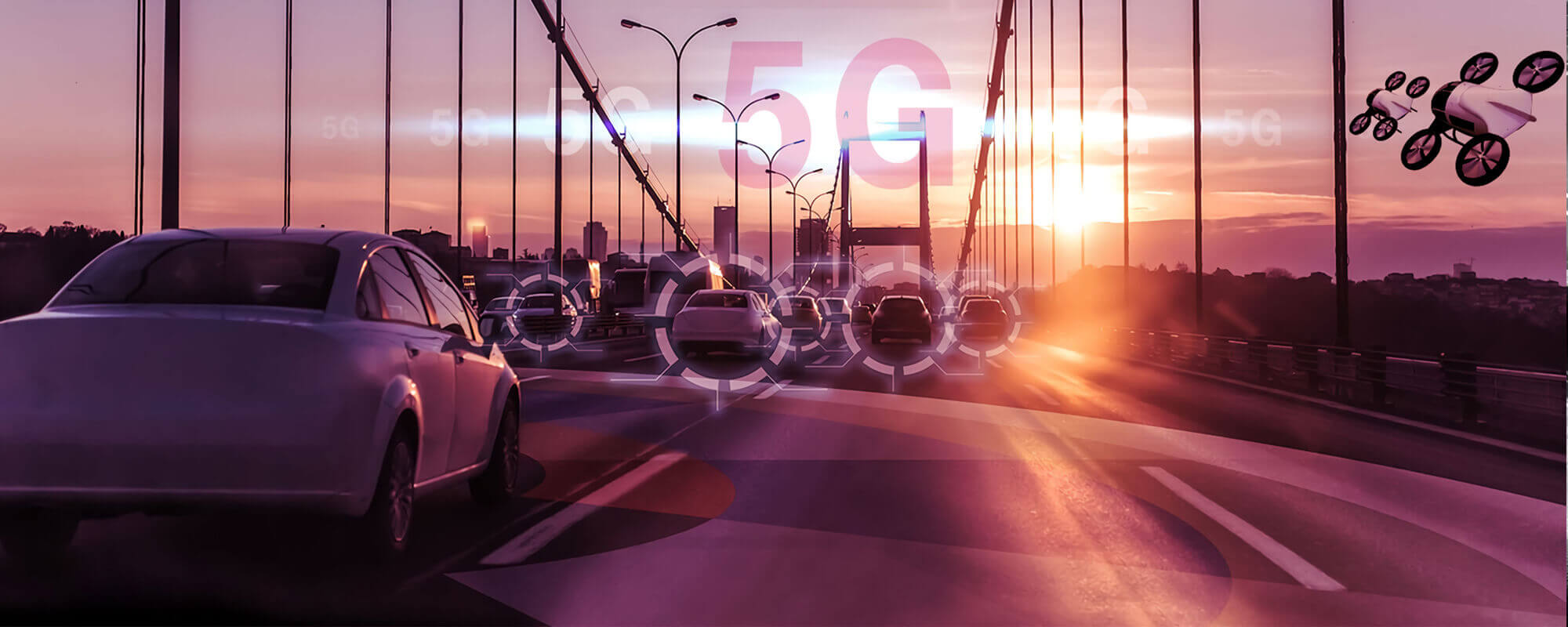
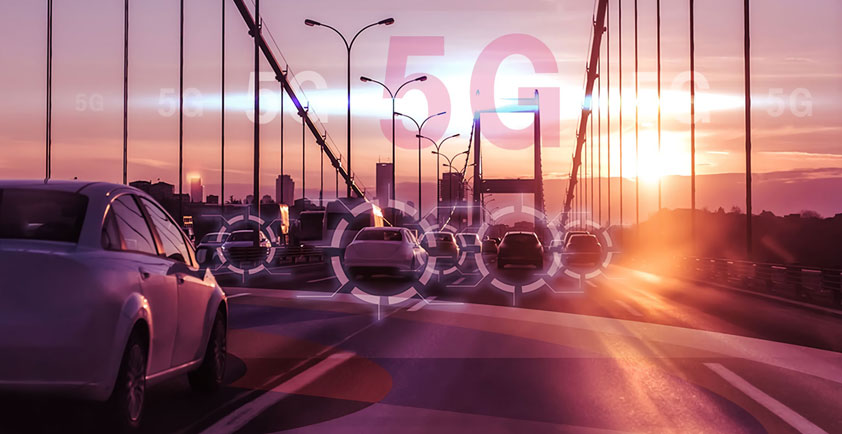
5G NETWORK AS FOUNDATION FOR AUTONOMOUS DRIVING
Only a few years ago self-driving cars were no more than a vision in a science fiction movie. Today, the first partially automated vehicles with various assistance systems can already be seen on our roads. Autonomous driving is also no longer just a dream.
Autonomous means that the car is fully independent in making decisions and responding to situations, including emergencies; no driver and no external intervention are needed. Enabling an even faster connection between transport systems, the 5G network will offer new application options advancing the development of autonomous cars. Not only will they be able to make autonomous decisions in the future, they will also communicate and cooperate with each other. Automated driving is the term used to describe a scenario where a fully interconnected and intelligent road transport system is created as a result of these capabilities.
Intelligent transport infrastructure through interconnectedness
The foundations for autonomous driving are fast and reliable communication networks, such as LTE and 5G. Therefore, Deutsche Telekom plans to install the 5G network on all key transport routes – such as freeways, main roads, and rail tracks – by 2025. Experts from various sectors are working at the 5G Automotive Association (5GAA), defining the basics for common standards in order to ensure that the new mobile communication standard meets the specific requirements for interconnecting the various transport users and for automated driving.
Thanks to wireless technology and internet connection, connected cars with their digital and location-related services can greatly improve our driving comfort. The car relies on regular data updates for navigation, e.g. detailed road maps, plus updates in unexpected traffic situations, such as congestion, rain, or black ice. In combination with apps for the driver and cloud systems, information for maintenance or other status reports can be retrieved and sent. Thanks to mobile edge computing, these functions are already realized today, based on LTE at a transmission rate of up to 300 megabit per second and latencies of less than 100 milliseconds, even in emergencies or remote-controlled driving at low speeds. 5G will offer even higher quality for many digital in-car services in the future.
5G network expands automated systems
Safety aspects are of course also a focus of attention for driving a car. In addition to the 4G capabilities, 5G offers special features for safety-relevant requirements that no other wireless network can provide.
Automated systems reach their limits when unexpected or unknown situations occur. In such a case an "autopilot" will decide to deactivate the system for safety reasons, if in doubt. An automated car would then return the task and responsibility of driving to the human driver. However, if the vehicle is not taken over by the driver, or not as quickly as required, then the car will be moved to the roadside in a secure driving mode.
With 5G, the car could, for instance, be controlled remotely by an external operator acting as traffic controller. The remote control through an operator is, however, definitely impossible without a 5G network, which offers key features such as very short response times and guaranteed network resources.
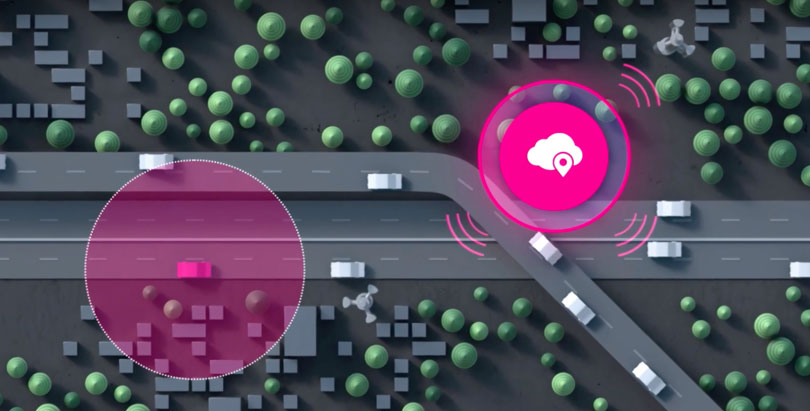
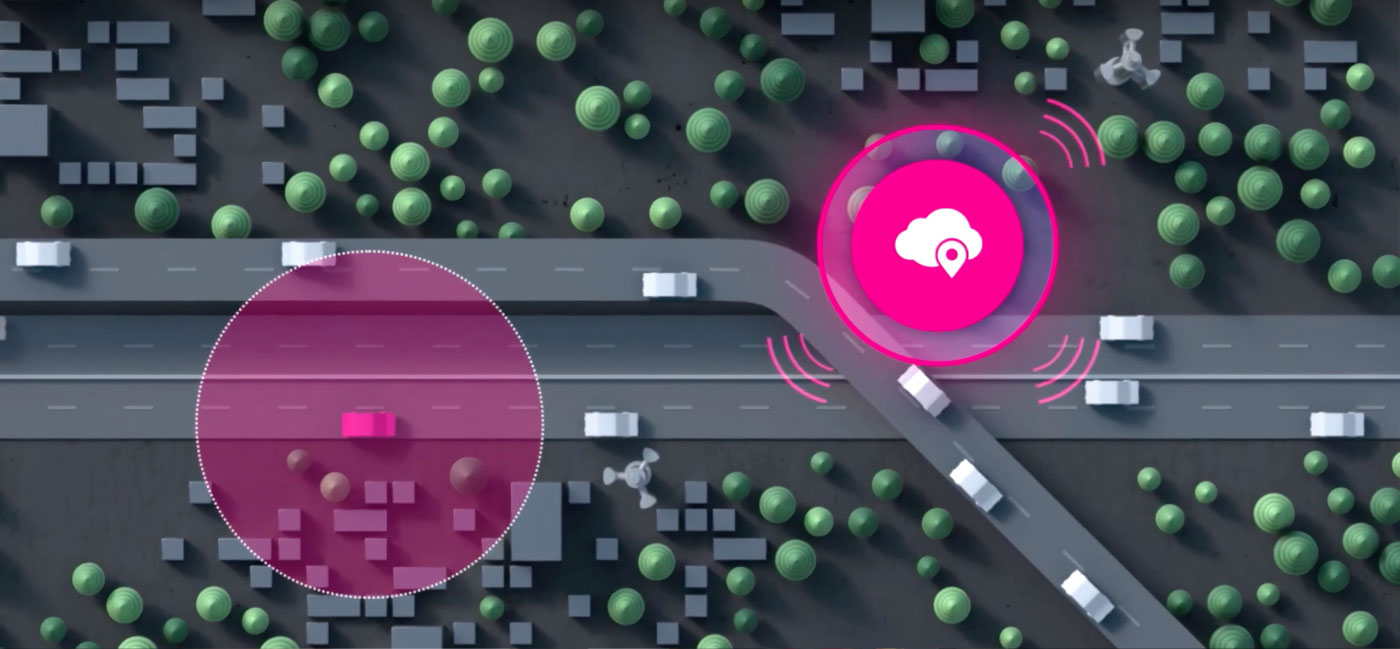
Benefits of 5G for autonomous driving
One huge benefit of 5G is what is known as network slicing. The wireless network is subdivided into virtual network levels. One network level is then used only for automated driving, for instance. This ensures that safety-relevant notifications to self-driving cars will not end up in a traffic jam on the data highway and will be given priority over other infotainment services used in parallel.
Another benefit is the data processing and storage in data centers that are in close proximity to the transport routes. Such "edge" data centers ensure that data can be processed even faster in the network. In initial 5G tests on the A9 freeway between Nuremberg and Munich, latencies of less than 20 milliseconds were achieved. An autonomous car driving at a speed of 100 km/h would have traveled a mere 60 centimeters in that time. The virtual network levels and short transmission paths guarantee important quality features of the 5G mobile technology, such as low latencies and high bandwidths.
Sensors are used to implement car-to-car communication for automated driving. This includes, for example, intelligent camera systems, which enable the direct exchange of data between the cars. These systems have crucial physical disadvantages, however. They can neither look around corners, nor over hills, nor through obstacles. This is why they restrict the functioning of self-driving cars. This simple form of automation is also unsuitable at higher speeds.
This is where the 5G network offers another huge advantage. The mobile technology expands the scope of autonomous mobility through direct and, above all, fast and broadband data communication with cars and an appropriately equipped transport infrastructure, such as traffic lights. This can ensure improved traffic flows, for example by enabling cars to travel at higher speeds or reducing their speed in good time when necessary.
Automated driving has already begun with assisted driving
The automation of vehicles happens gradually, however. Fully automated driving, which can operate reliably in a large number of driving situations, is only the final stage of a long-lasting process. Half of all cars are already equipped with intelligent assistance systems. These are digital navigations systems, parking assistance, or speed regulation systems using cruise control as well as distance-regulation systems. Functions of an autonomous steering system for cars are already partially performed by driver assistance systems, such as steering and lane keeping assistants. Cars that can park themselves are also already available today. Despite these assistants it is the driver who remains responsible at all times. If, however, the vehicle is fully automated, the responsibility shifts from the driver to the means of transport and consequently to its manufacturer or operator. This is why many of the automation functions will at first be limited to sufficiently controllable driving situations, such as driving at lower and medium speeds on freeways or parking in a demarcated parking space.
Automatism creates personal freedoms
Humans use automated functions in their day-to-day lives mainly in order to save time, which can then be used in a more meaningful or convenient way. So in the future – as mere passengers in self-driving cars – making use of mobile networks, we will surely be able to read the latest news on our smartphones or tablets, participate in video conferences or work, use entertainment services or shop online while on the move. Or we can simply sleep during the ride to arrive at our vacation destination well-rested or turn up for a business meeting refreshed and relaxed.
